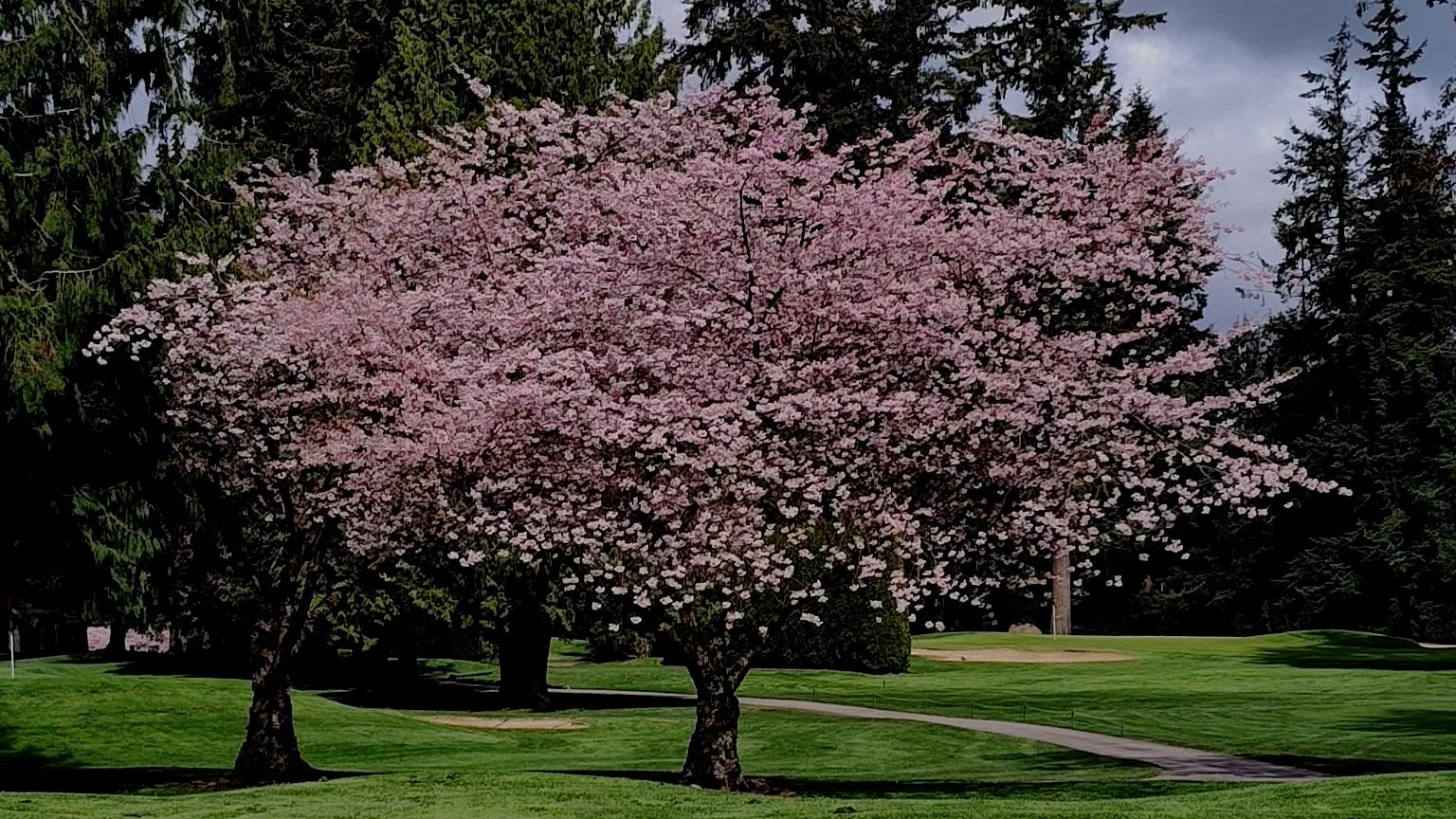I think it is fair to say that the dark season is upon us and it seems to have arrived a couple of months early. September and October have both been unusually wet, which always cuts down on my time to spend in the garden and subsequently, prematurely kicks off my seasonal affect disorder, aka SAD. I typically look forward to a nice “Indian summer” and for the most part it has been missing in action.
Dealing with winter depression is a common challenge for many of us who reside in the northwest. As we all know, it is only going to get darker and wetter as we move into winter and aside from heading south for several months like the “snow birds” do, the rest of us just have to stick it out and find a way to cope. For me, the single best antidote to the winter blues is to plant bulbs in October - for the simple reason that they give me something to look forward to.
Bulbs come in all sizes and bloom times, and contrary to popular belief, one doesn’t have to wait 3 to 4 months to see the fruits of their labors. Bulbs, like Colchicums and Saffron Crocus, actually bloom in the fall, can be purchased from garden centers right now and planted in our gardens where there will naturalize and repeat bloom year after year.
Grape hyacinths will start to put up new green shoots as early as November and cover the ground with lush foliage for several months before they finally bloom in late winter. The same is true for Pushkinia and Chionodoxa - both of which are known as “minor bulbs”, which lend themselves to rockeries and the edges of borders where they will multiply and live for decades with absolutely no intervention from us. Moving into January brings the happy little yellow faces of Winter Aconites front and center, along with the first signs of daffodils and narcissus. Somewhere around February, the Dutch hyacinths start to bloom followed by a whole array of daffodils and by late March and most of April the tulips strut their stuff. Finally, as late as May or even June the alliums with their giant blue globes come into their own and by that time everything else in the garden is awake and growing like crazy and our endorphins are flowing like gang busters. Any feelings of depression will be long gone by then.
Bulbs are so incredibly simple that it is a shame more gardeners don’t partake in them. “Dig. Drop. Done.” is the expression we like to use in the trade and it pretty much sums up the time and effort it takes to succeed with bulbs. I can’t overstate it, they are easy.
Perhaps the hardest part of gardening with bulbs is getting off the couch on a cold rainy day and driving down to the garden center to purchase them. Oh sure, you could stay home in your jammies with a hot cup of tea and order them online, but it’s not the same as picking up a netted package of them, smelling the residual dirt still clinging to their withered up roots, checking them for firmness knowing that they haven’t been subjected to desiccation or freezes in some Amazon delivery truck, and literally feeling the life that lies under all those layers of scales. In my book, there is no better antidepressant then touching a living object and bulbs are just that.
October is the prime month to purchase and plant bulbs so don’t miss out! It could very well be what gets you through the long dark days of winter.



